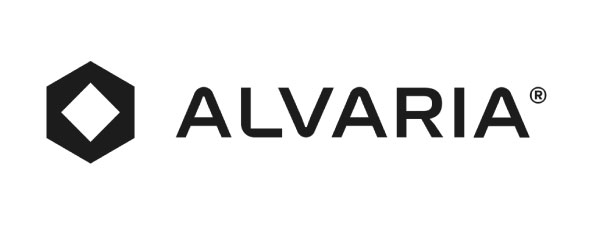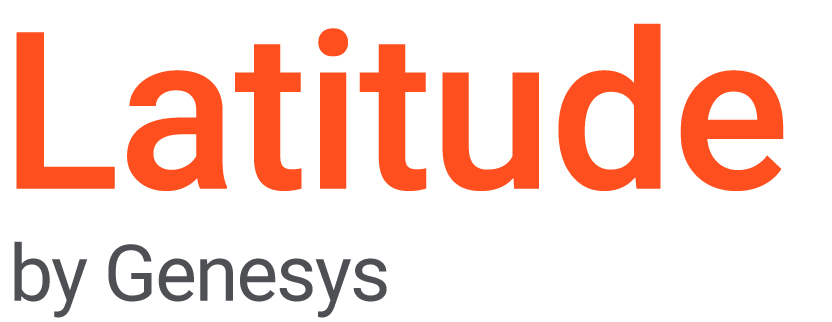Ghosting isn’t just for haunted houses; it happens when patients vanish into thin air, leaving unpaid bills behind. The phenomenon of unpaid healthcare debt creates serious challenges for healthcare providers and debt collectors, who must figure out how to track down these “ghosting” debtors and encourage payment—without scaring them further away.
But why does ghosting happens in the healthcare sector? What challenges does it presents to the healthcare sector? How does unpaid healthcare debt impact both patients and providers? Let’s explore more below.
Why Does Ghosting Happen in Healthcare?
Ghosting often occurs when patients feel overwhelmed by the costs of healthcare services. In many cases, patients either didn’t expect such high bills, lacked sufficient insurance coverage, or experienced financial hardship after receiving treatment. As a result, they may avoid contact with the healthcare provider or debt collector altogether, hoping their financial woes will disappear like a phantom in the night.
However, this ghosting of unpaid healthcare debt doesn’t just haunt the debtor; it also has a ripple effect on healthcare providers. When patients don’t pay their bills, providers face increased financial strain, which can lead to higher costs for other patients, limited services, and more aggressive collection tactics.
The Impact of Unpaid Healthcare Debt
For healthcare providers, unpaid healthcare debt means rising operational costs, delayed payments, and the need to allocate more resources to debt recovery. When a patient vanishes without a trace, the administrative nightmare that follows can be daunting. These unpaid bills don’t just disappear—they get passed on to other patients through higher service costs, creating a vicious cycle of rising healthcare expenses.
On the patient side, ghosting debt may seem like a short-term solution, but it often results in bigger problems. As debts linger, patients may face damaging effects on their credit scores, collection agency involvement, and the risk of legal action. While ghosting may seem like the easier route, it only makes the situation scarier in the long run.
Locating Ghosting Debtors
When patients seem to disappear like a mist on a foggy night, how can collectors bring them back into the light? Here are some strategies for tracking down ghosting debtors without scaring them away:
- Use Technology to Track Contact Info: Advanced data tools can help update outdated contact information for patients who have moved or changed phone numbers. Using skip tracing and other modern techniques, debt collectors can reconnect with debtors in a non-threatening way.
- Send Friendly Reminders: Sometimes, a gentle nudge is all it takes. Email and text reminders that include clear information on the amount owed and the consequences of non-payment—without threatening language—can prompt action. Keep the tone empathetic and offer assistance if they’re facing financial difficulty.
- Offer Multiple Contact Methods: Don’t rely solely on phone calls to reach your patients. Offering multiple ways for patients to respond—via text, email, or online payment portals—makes it easier for them to engage without feeling overwhelmed.
Engaging with Empathy
One of the biggest mistakes in debt collection is using scare tactics. While it’s tempting to bring out the big, bad wolf to push for payment, this approach can push ghosting debtors even further into hiding. To recover unpaid healthcare debt, debt collectors should focus on empathy rather than intimidation.
Understanding the financial and emotional challenges patients face is key. Many patients are genuinely struggling with medical costs they didn’t expect. Offering flexible payment plans, reducing fees, or waiving penalties can build trust and make the repayment process less daunting.
Humanize the conversation by showing compassion and working with patients. By doing so, collectors can foster a more positive relationship and encourage payment without resorting to fear. Letting debtors know they have options makes them more likely to cooperate.
Encouraging Payment Without Fear
To prevent ghosting from happening in the first place, it’s important to establish clear communication from the beginning. When patients understand the billing process, their payment options, and the potential consequences of non-payment, they’re less likely to disappear into the shadows.
Here are some tricks (no treats required) to avoid scaring customers while encouraging payment:
- Provide Detailed Information: Make sure patients are well-informed about their bills and payment options upfront. Confusion can lead to ghosting, so clarity is key.
- Offer Financial Counseling: Help patients navigate their bills by connecting them with financial counselors or programs that can reduce their debt burden.
- Create Flexible Payment Plans: Patients are more likely to pay if they know there’s a manageable plan in place. Offering flexible, low-interest, or interest-free payment options can make the difference between collecting payment or losing contact entirely.
Exorcising the Ghosts of Unpaid Healthcare Debt
The spooky side of unpaid healthcare debt can haunt both healthcare providers and patients, with repercussions that can be hard on everyone’s pocketbooks.
TEC Services Group “ain’t afraid of no ghosts!” We can help you implement technology to locate debtors and help teach your team the importance and impact of engaging with empathy. When your agency or organization is ready to get ahead of the ghosts of unpaid healthcare, who you gonna call? TEC, of course: 941.375.0300.







